Sale!
ATX Competition Powerlifting DEAD LIFT Deadlift Bar
Original price was: £395.00.£98.99Current price is: £98.99.
27mm shaft, 230cm, speciality deadlift bar. The long-awaited ATX DEAD LIFT Bar is much like the ever-popular Ram Bar and performs much the same, only with a little more whip, thanks to having a longer and thinner shaft.
We also sale an all-rounder comp bar, a comp-spec Squat Bar (Raptor), and calibrated olympic weight plates. Sold separately.
The DEAD LIFT Bar is from the ATX Barbell Club division of ATX and is the approved choice of bar for the OLO RAW INT’L PRO-AM.
- Your satisfaction is 100% guaranteed.
- Free Shipping, Quality Goods
- Your needs, our top priority.
- Product guarantee 100% satisfaction



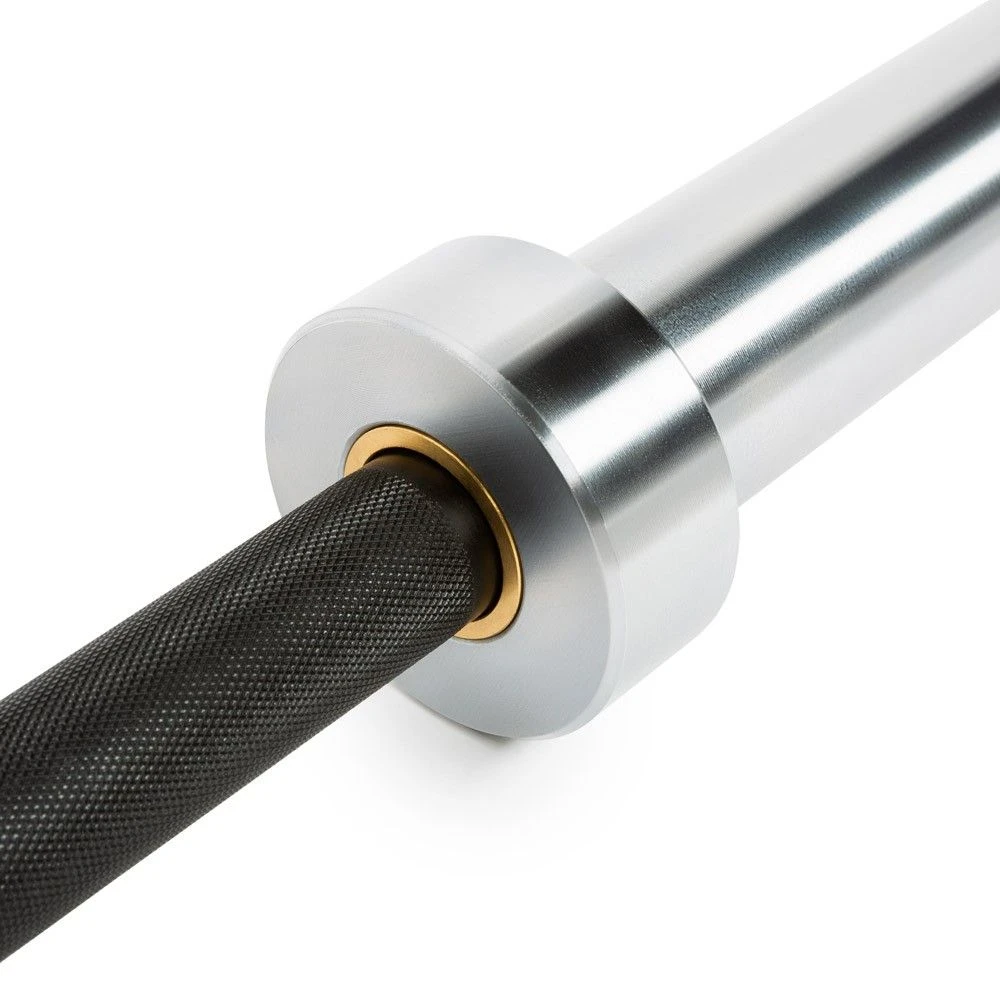

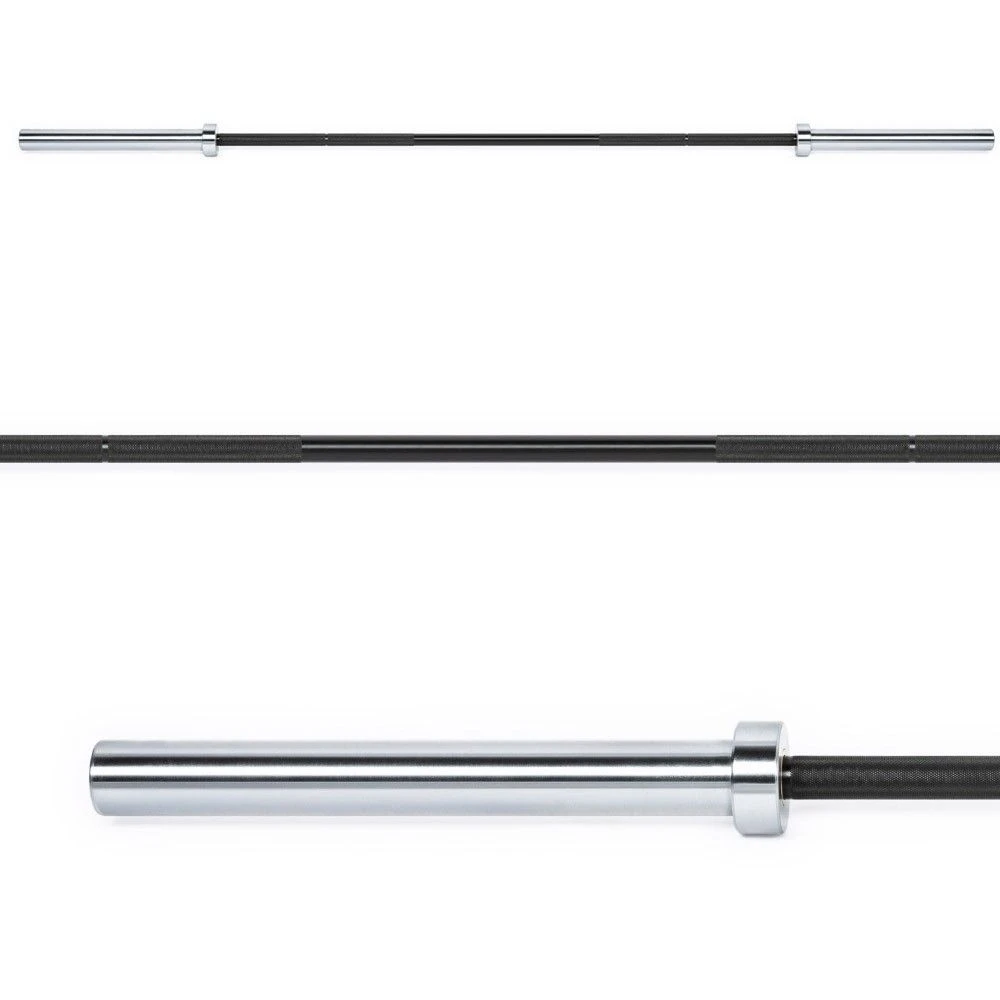







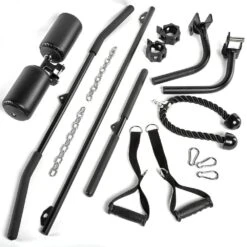

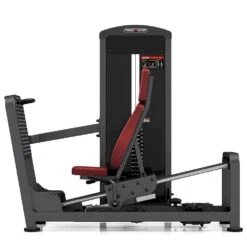



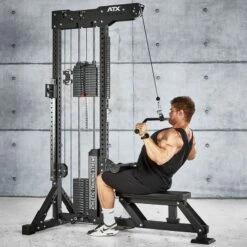
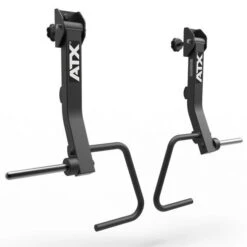
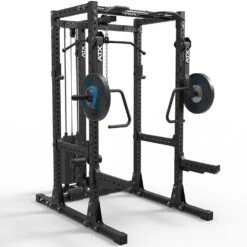


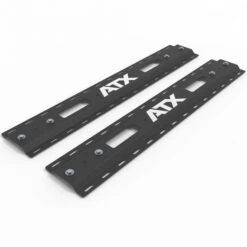



Reviews
There are no reviews yet.